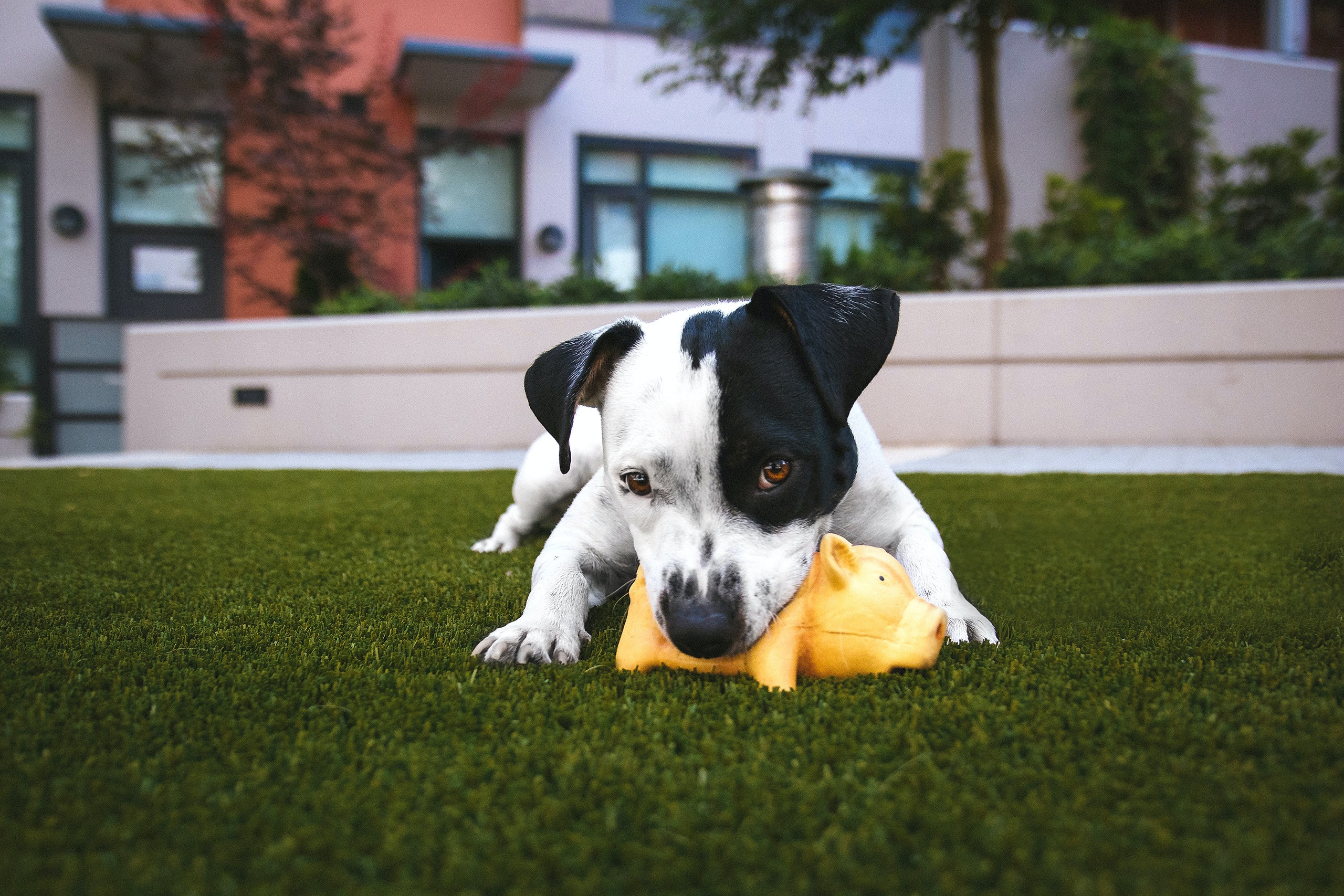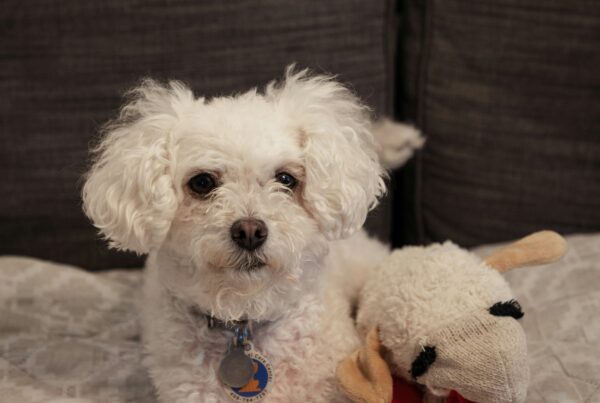It is rare that your pet won’t accept orders because he is stubborn. Your dog is, after all, an animal. He doesn’t have a realistic understanding of or an adaptation to human etiquette. It takes time and effort to train our dog and make it behave and obey up to your expectations.
This does not, however, need a complete change in your training schedule. For some dogs, even the slightest change in their training program might help them adapt their behavior. Regardless of your dog’s age, breed, or attitude, there are a few items you should check from your checklist to make your dog training more effective.
The truth is that if you want to change your dog’s behavior, you need to make him like you and listen to you and that comes only with patience and care. Try encouraging by giving him snacks or just showing affection; during your sessions of training; that will definitely speed up the learning process.
How To Do Obedience Training For A Stubborn Dog
The following are the perfect ways to train a stubborn dog, and most dog owners use these techniques on their dogs.
Patience
Primarily you must understand that your dog requires stubborn dog training. They won’t instantly understand the house’s limits or regulations when they get home. It would be unjust to expect your dog’s behavior to change in a day or a week.
The procedure will be less frustrating for both of you if you stay patient and accept that your dog will take a few weeks to learn your guidelines.
Do Not Rush
Even if you begin training, excellent conduct does not appear overnight. You need to take baby steps when training your dog. Begin by focusing on habits that they are already familiar with. Another suggestion is to reward even the slightest improvement to build a positive relationship with training.
To demonstrate to your dog that they are behaving appropriately, you may encourage them with their favorite treat or a nice belly rub. Take small steps after they understand training is good for them. Concentrate on a single habit at a time. The instructions “come,” “sit,” “stay,” and “leave it” are good starting points.
Consistency:
It’s simple for your dog to become confused if you don’t teach him consistently. Take, for example, teaching your dog to sit when visitors arrive at the door. Ensure your children aren’t pushing the dog to leap up the moment the person goes through the door.
When you first start training, make sure everyone understands whatever behaviors you’re focusing on, and then provide consistent signals, directions, and incentives for those actions. Then keep on repeating until he manages to learn and respond to our commands!
Set Limits.
Boundary training is a vital component of your stubborn dog training routine, whether it’s restricting specific sections of the house or your car porch. Unlike simple command training with rewards, the aim here is for your dog to comprehend and obey the boundaries you’ve set.
First, identify which sections will be off-limits and fence them temporarily. This may be your dining room, nursery, or bedroom, so your dog doesn’t attempt to sleep with you. This helps our dog to understand that he is not supposed to go to these places and assists in training.
Next, teach your dog about boundaries. Allow them to run about and see if they can follow the rules. When limits are fulfilled, use positive reinforcement.
Distraction-Free Environment
To help our dog learn quickly, begin training inside in a calm environment, so your dog can remain concentrated. Remove all toys, certain sounds, and people from the room. You can reintroduce a distraction, such as the TV or another person, once they have learned a command.
You may even conduct the training session in the backyard or on the back porch. When your dog recognizes a distraction but isn’t distracted by it, you’ve made progress.
Try Motivating Instead Of Punishing
Consider utilizing positive reinforcement instead of punishment to reinforce a behavior; when training your pet, giving positive reinforcement after each excellent behavior encourages their activity and increases the likelihood that the command will be repeated in the future.
When a positive consequence, event, or reward occurs due to the intended behavior, that reaction will be reinforced. Punishment, on the other hand, reduces behavior. Punishment in pets can cause anxiety and undermine trust. Discipline can lead to more violence in the long run.
Avoid punishing your pet for bad behavior, consider rewarding them with a snack or treat when they do it right. This will increase trust, encourage good conduct, and provide them with knowledge and the ability to practice with patience.
Train Regularly
Training isn’t something that happens once a day. Make training a daily part of your and your dog’s routine. Work on objectives and behaviors throughout the day and make him practice by creating different scenarios. It is as easy as asking your dog to do a specific action, such as “sit” or “down,” then rewarding him with food, playtime, or patting if he succeeds.
Effective use of Clicker
If a dog pushes on the collar, grab all his favorite food along with a clicker for a walk. Wait for the dog to look out the front door as you exit the door and wait for him to follow up. Just wait and don’t say anything to him.
Give a click and as the dog looks in our direction and then give him a snack. Take a few steps and wait for the dog to follow you completely, then wait for the dog to come close to you before clicking and giving him some more snacks.
However, one must stop when the leash becomes too tight. Just hold on a little for the dog to turn to face you before clicking, treating, and continuing with the walk.
When the dog looks at you, he will get the message that the walk will continue. This way, he won’t tug on the leash. Also, try adding distractions now and follow the same procedure until he keeps following our orders without getting carried away.
Conclusion
If you have already reached the limit of your patience with your stubborn dog and are tired of wet carpet and continuous barking at 2 a.m., then you don’t have to worry anymore.
It may appear like controlling your dog is an impossible job, but if you break it down into manageable tasks, you can easily make your dog listen to you and obey your orders.
The above-mentioned dog obedience tactics will help you in training your dog just the way you want. Whether it’s training for the toilet or making him learn to obey your commands of “sit” or “stand” or just stopping him from barking unnecessarily, these steps will surely help a lot.
https://unsplash.com/photos/X9oGM0dqdYY
Love our content? Share it with a friend or link it to social media. Like short clips of cute household pets? Training tips? Follow us on instagram @nydognanny or on YouTube at nydognanny. Have some news you needs to get to dog and cat parents stat? Email info@newyorkdognanny.com with your article pitch.





